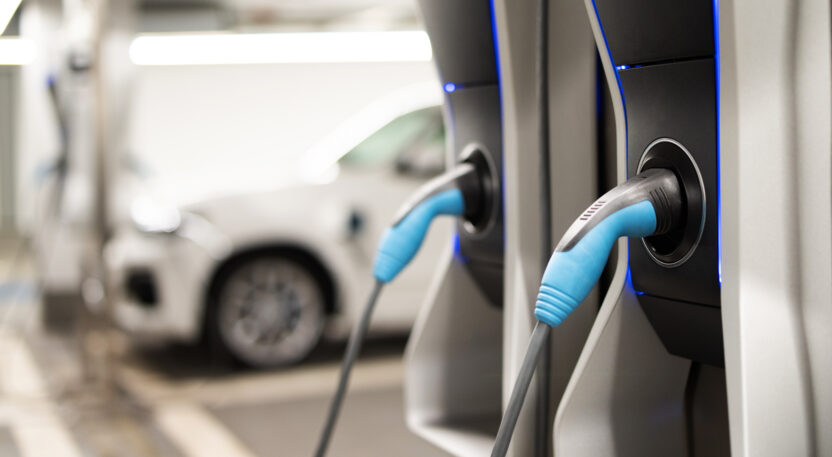The sectors residential real estate, care homes, car parks and communication infrastructure play a pivotal role in society by fulfilling basic human needs for housing, healthcare, mobility and connectivity. They may not traditionally be associated with ESG (Environment, Social, Governance ed.), but it is our responsibility to ensure our operations benefit our society and living environment.
Frank Noé, Head of Sustainability: I’m proud that we have reached this point, which we see as the first step to making our ESG journey visible to the outside world. Our teams have worked together to launch this report to offer insight into what we do and show we are delivering on our promises.”
The target for next year is to demonstrate more examples of ESG-compliant outcomes and impact, Noé added. “As part of our broader ESG strategy, we are exploring the reclassification of one of our existing parking funds from an Article 6 to an Article 8 fund under the EU’s Sustainable Finance Disclosure Regulation (SFDR). We are now working on an overarching ESG strategy for our car parking operations including targets and a roadmap for potential reclassification. We also aim to obtain Article 8 classification for our next Primevest Communication Infrastructure fund, which entails the formulation of specific and quantifiable KPIs, with respect to more efficient use of energy in data transmission.”
Read full version Sustainability Report 2022
Read this interview with Frank Noé, Head of Capital Formation & Sustainability at Primevest in the Real Asset Day on our progress so far and our ambitions for the future. “ESG is all about providing greater transparency and if we can show that we are having a positive social and environmental impact, that makes this an even more valuable exercise.”
- Primevest Capital Partners is exploring the reclassification of one of its existing car parking funds from an Article 6 to an Article 8 fund under the EU’s Sustainable Finance Disclosure Regulation (SFDR)
- We also aim to obtain Article 8 classification for our next Primevest Communication Infrastructure fund, which entails the formulation of specific and quantifiable KPIs (Key Performance Indicators) with respect to more efficient use of energy in data transmission.
- The target for next year is to demonstrate more examples of ESG-compliant outcomes and impact.
Read full interview: https://lnkd.in/ex2BuVQF



